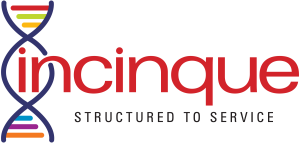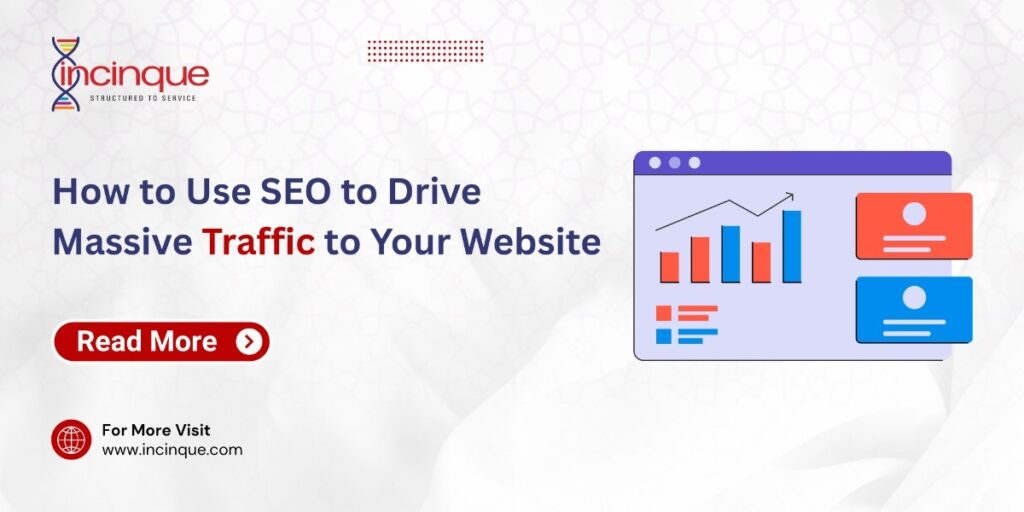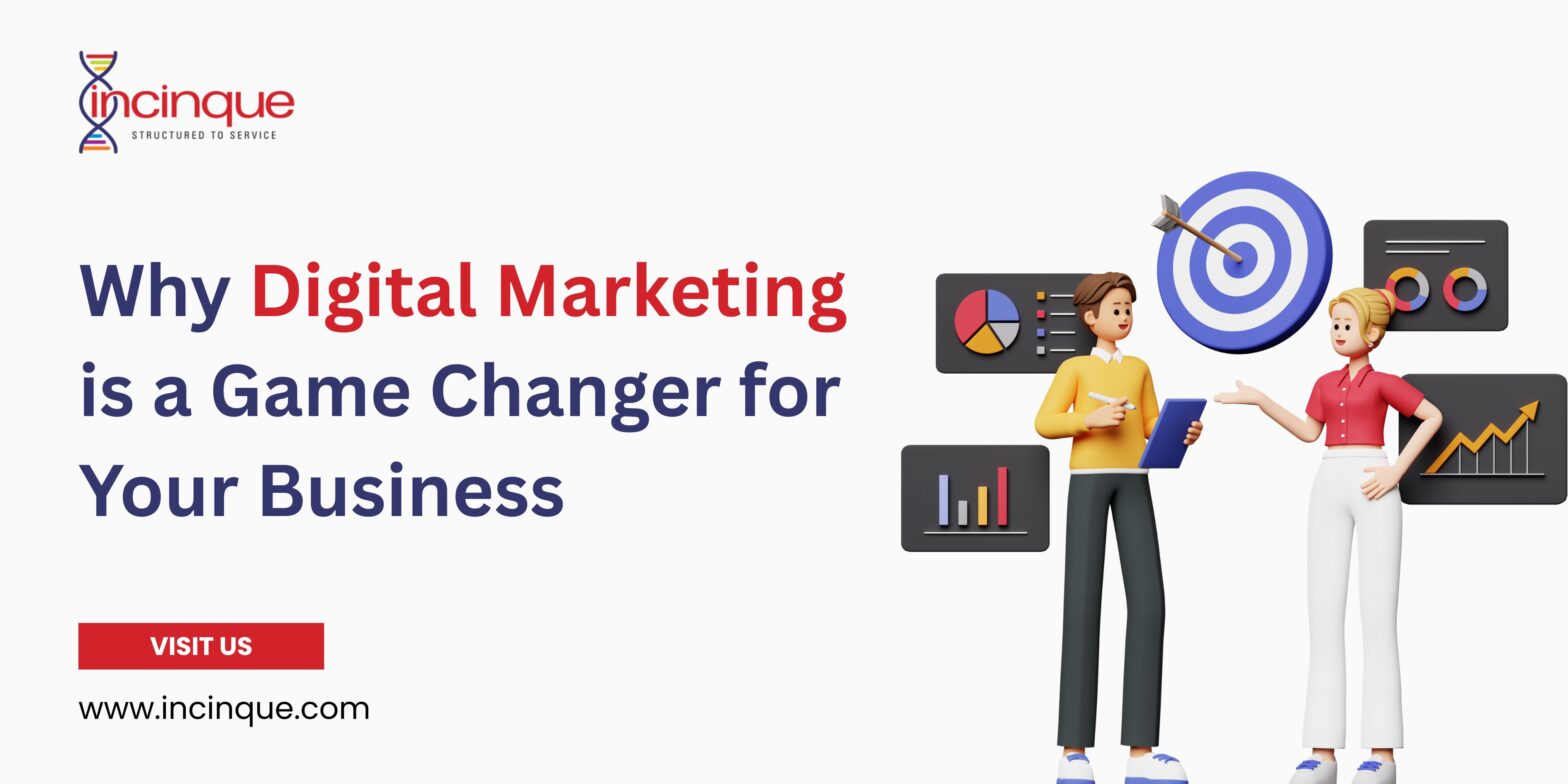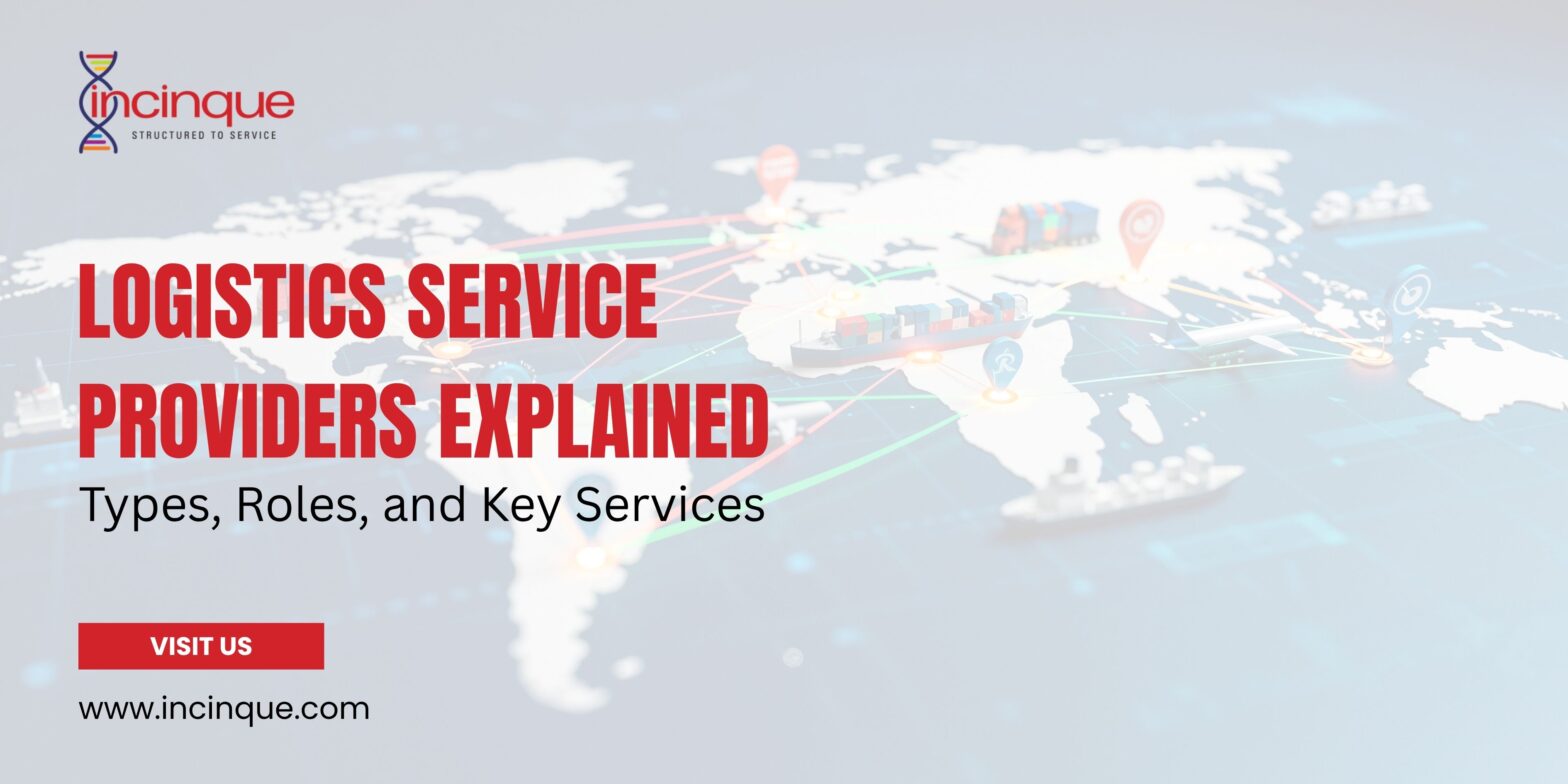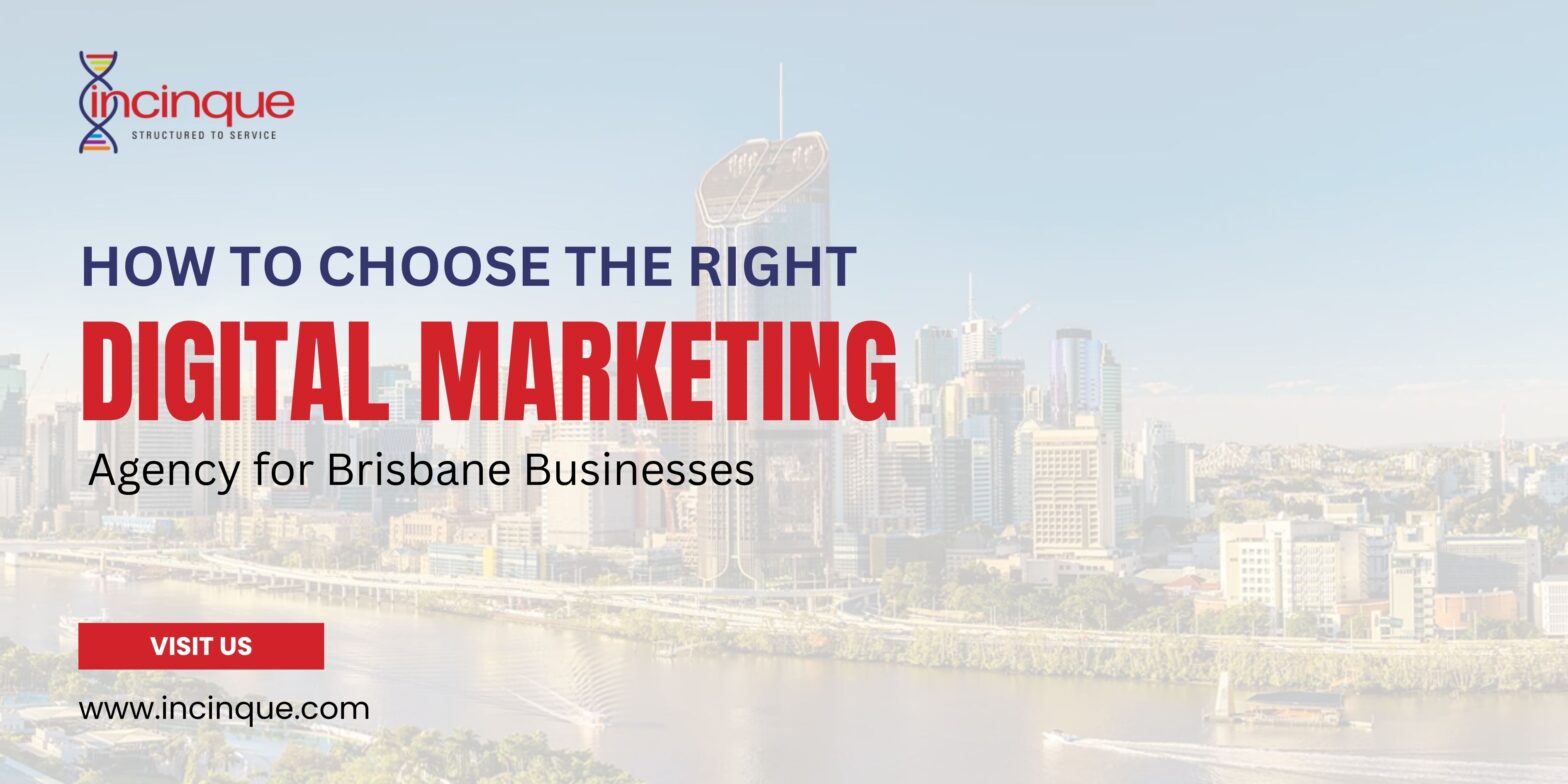Understanding the Basics: What SEO Really Means
SEO, or search engine optimization, aims to make your website appear when people search for something on Google (or any other search engine). Think of it like this, when someone types in “best running shoes” or “how to fix a slow laptop,” search engines scan millions of websites to find the most relevant and useful answers, and show them on the first page.
Do you still want to know the full form of SEO? It stands for Search Engine Optimization, it’s pretty simple, but the impact is huge.
When your website appears on the first page of search results, your chances of getting clicks increase dramatically. That’s why SEO digital marketing is the core of every successful online business today.
A quick fact: According to a recent SEO audit report, websites that rank on the first page of Google get more than 90% of the traffic.
Why Organic Traffic Should Be Your Top Priority
Whether you own a business, blogging, or do digital marketing, one thing is sure: your website requires visitors. But not just any organic traffic; it has to be targeted and convert.. That’s when SEO, or Search Engine Optimization, comes in.
This article will teach you how to utilize SEO to get many people to visit your website. It starts with the basics and ends with tools and strategies that work. We’ll also talk about important ideas like what SEO tools are, and how a good SEO plan may help you get more traffic and higher ranks.
A Roadmap to Better Visibility: Step-by-Step Guide
1. Smart Keyword Research That Matches Real Intent
Before anything else, you need to generate SEO keywords that match user intent. Think about what your audience is searching for. Use tools like Google Keyword Planner, Uber suggest, or an innovative SEO optimization tool like SEO Studio to uncover high-volume, low-competition keywords. Use long-tail keywords and phrases that are specific to your area, such as “digital agency in Mohali,” “affordable online learning course,” and “best SEO checker tools.” These assist in attracting a more targeted audience ready to take action.
2. On-Page & Off-Page SEO: Optimize Inside and Out
Both on-page and off-page SEO affect how easy it is for people to find your website.
On-page SEO involves:
- Making title tags and meta descriptions better
- How to use header tags correctly
- Adding links to other blog posts or pages within your website is called internal linking.
What is off-page SEO?
- Getting links back from trustworthy websites
- Being listed in directories
- Sharing on social media and mentioning brands
Is your on-page SEO good? Check your website for SEO problems in real time with an SEO checker.
3. SEO Content: Write for People First, Google Second
Help people, answer their questions, and keep them interested in what you write. When you can, use bullet points, headings, and pictures to make things clear. You might also use an SEO course or free guides as lead magnets. This not only makes your specialty more valuable, but it also gives you more authority in it. Remember that Search marketing isn’t about cramming keywords into your content. It’s about making content that is useful and ranks well.
4. Technical SEO and Website Health
Your website won’t rank even if it has the best content if it loads slowly or has broken links. Do monthly SEO audits to detect and fix problems with your website’s code.
Look at factors like:
- The speed at which the page loads
- Responsive to mobile devices
- How the URL is set up
- Security (SSL certificate)
If you use WordPress, you can install an SEO optimizer plugin or hire a full-service SEO company to do this for you.
5. Track Performance with SEO Tools
You need data to see how far you’ve come. Here are some essential optimization tools to keep an eye on your rankings, traffic, and keyword performance:
- Google Search Console and Ahrefs
- SEMrush and Moz Pro
Many SEO companies and professionals use them to get in-depth data and strategic ideas.
If you want to know more about local SEO, contact an experienced digital agency in Mohali that knows worldwide and regional SEO trends.
SEO is a Journey, Not a Destination
What do people do wrong the most? Believing that SEO is a strategy that you can just set and forget.
But the SEO ranking changes based on:
- What competitors do
- Changes to the algorithm
- Changes in search intent
That’s why it’s essential to keep learning by taking an updated SEO course and creating new material.
There are a lot of SEO jobs available, especially in agencies, startups, and freelance marketplaces, so if you’re considering a career in this industry, you should look into it.
Final Thoughts
It’s time to act now that you know how to use SEO to get many people to visit your website.
To begin:
- Quickly checking your site’s SEO
- Finding weak points with an SEO checker
- Taking an online SEO course to learn more
- Looking into job openings or hiring a reputable SEO business
Your website will be more than simply an online brochure if you think of SEO as a journey instead of a shortcut. It will be a traffic-generating machine.
